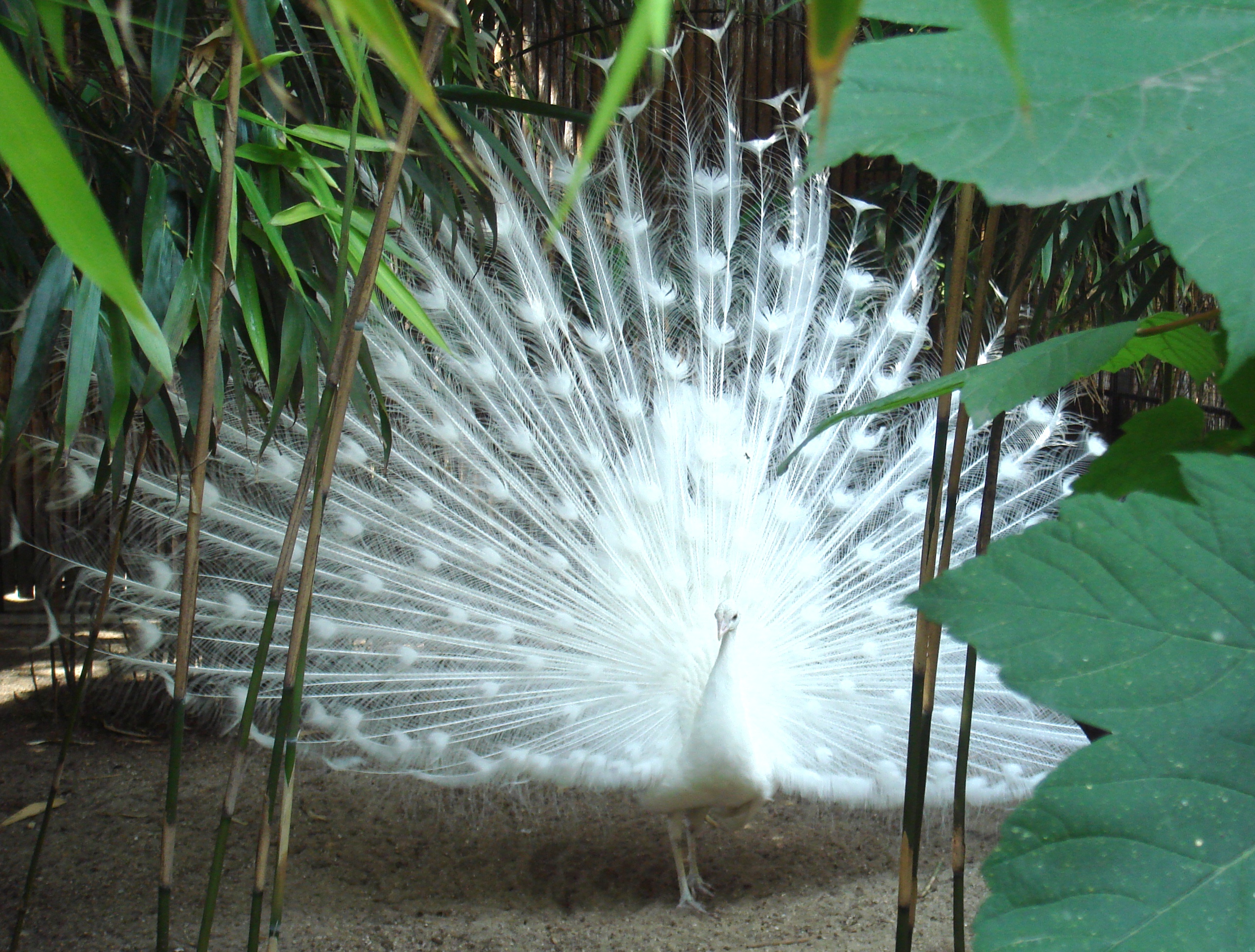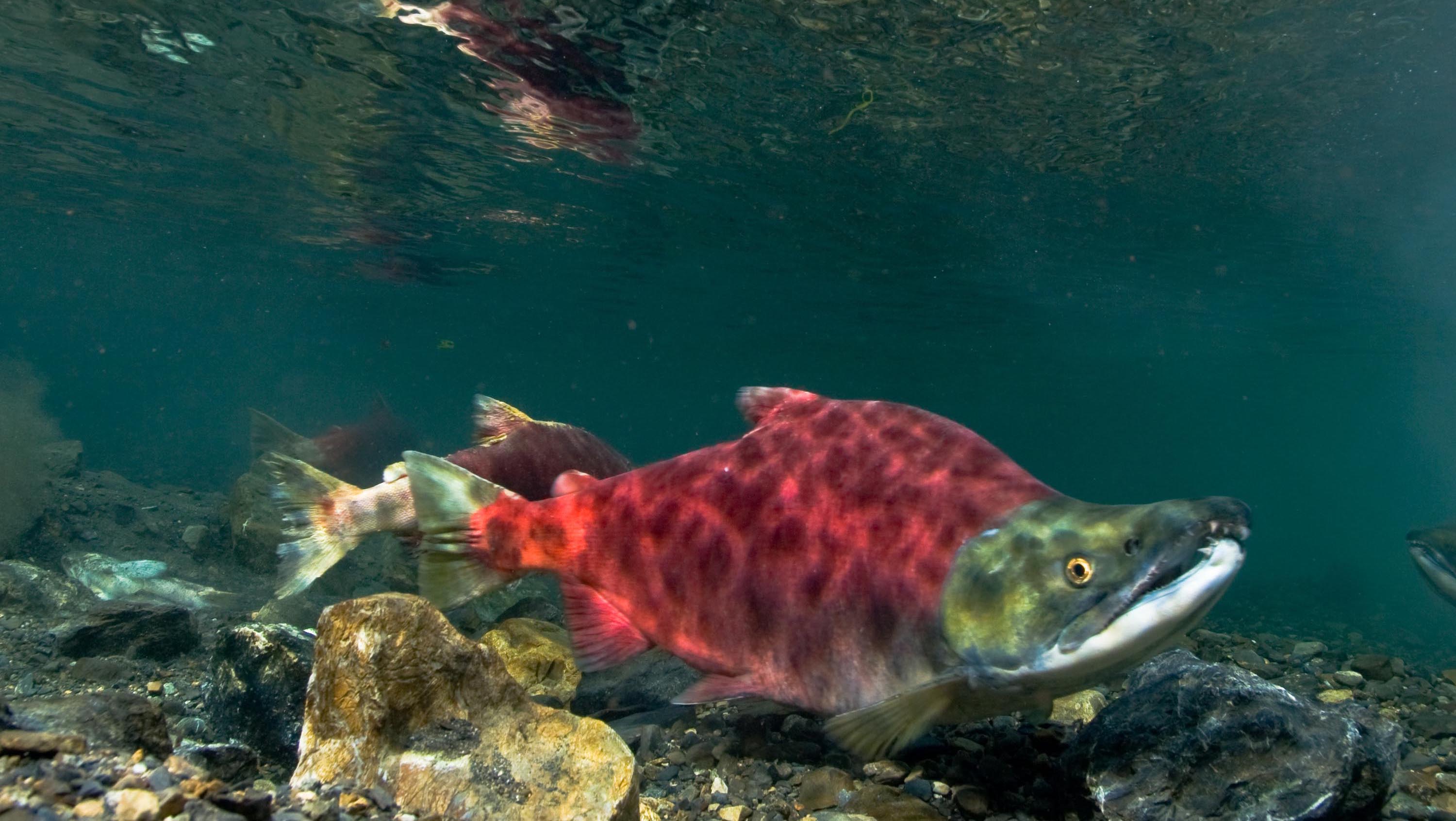|
Stabilizing Selection
Stabilizing selection (not to be confused with negative or purifying selection) is a type of natural selection in which the population mean stabilizes on a particular non-extreme trait value. This is thought to be the most common mechanism of action for natural selection because most traits do not appear to change drastically over time. Stabilizing selection commonly uses negative selection (a.k.a. purifying selection) to select against extreme values of the character. Stabilizing selection is the opposite of disruptive selection. Instead of favoring individuals with extreme phenotypes, it favors the intermediate variants. Stabilizing selection tends to remove the more severe phenotypes, resulting in the reproductive success of the norm or average phenotypes. This means that most common phenotype in the population is selected for and continues to dominate in future generations. History The Ukrainian and later Soviet evolutionary biologist Ivan Schmalhausen founded the theo ... [...More Info...] [...Related Items...] OR: [Wikipedia] [Google] [Baidu] |
Genetic Distribution
Genetic diversity is the total number of Genetics, genetic characteristics in the genetic makeup of a species. It ranges widely, from the number of species to differences within species, and can be correlated to the span of survival for a species. It is distinguished from ''genetic variability'', which describes the tendency of genetic characteristics to vary. Genetic diversity serves as a way for populations to adapt to changing environments. With more variation, it is more likely that some individuals in a population will possess variations of alleles that are suited for the environment. Those individuals are more likely to survive to produce offspring bearing that allele. The population will continue for more generations because of the success of these individuals. The academic field of population genetics includes several hypotheses and theories regarding genetic diversity. The neutral theory of evolution proposes that diversity is the result of the accumulation of neutral su ... [...More Info...] [...Related Items...] OR: [Wikipedia] [Google] [Baidu] |
Eurosta Solidaginis
The goldenrod gall fly (''Eurosta solidaginis''), also known as the goldenrod ball gallmaker, is a species of fly native to North America. The species is best known for the characteristic galls it forms on several species in the '' Solidago'', or goldenrod, genus. The fly's eggs are inserted near the developing buds of the plant. After hatching, the larvae migrate to an area below the plant's developing buds, where they then induce the plant's tissues to form into the hardened, bulbous chamber referred to as a gall. ''E. solidaginis''’s interactions with its host plant(s) and insect, as well as avian, predators have made it the centerpiece of much ecological and evolutionary biology research, and its tolerance of freezing temperatures has inspired studies into the anti-freeze properties of its biochemistry. Taxonomy ''Eurosta solidaginis'' is in the order Diptera and the family Tephritidae. The Tephritidae are commonly referred to as fruit flies, a common name they share with ... [...More Info...] [...Related Items...] OR: [Wikipedia] [Google] [Baidu] |
Selection
Selection may refer to: Science * Selection (biology), also called natural selection, selection in evolution ** Sex selection, in genetics ** Mate selection, in mating ** Sexual selection in humans, in human sexuality ** Human mating strategies, in human sexuality * Social selection, within social groups * Selection (linguistics), the ability of predicates to determine the semantic content of their arguments * Selection in schools, the admission of students on the basis of selective criteria * Selection effect, a distortion of data arising from the way that the data are collected * A selection, or choice function, a function that selects an element from a set Religion * Divine selection, selection by God * Papal selection A conclave is a gathering of the College of Cardinals convened to appoint the pope of the Catholic Church. Catholics consider the pope to be the apostolic successor of Saint Peter and the earthly head of the Catholic Church. Concerns around po ... [...More Info...] [...Related Items...] OR: [Wikipedia] [Google] [Baidu] |
Koinophilia
Koinophilia is an evolutionary hypothesis proposing that during sexual selection, animals preferentially seek mates with a minimum of unusual or mutant features, including functionality, appearance and behavior. Koinophilia intends to explain the clustering of sexual organisms into species and other issues described by Darwin's dilemma. The term derives from the Greek word ''koinos'' meaning "common" or "that which is shared", and ''philia'', meaning "fondness". Natural selection causes beneficial inherited features to become more common at the expense of their disadvantageous counterparts. The koinophilia hypothesis proposes that a sexually-reproducing animal would therefore be expected to avoid individuals with rare or unusual features, and to prefer to mate with individuals displaying a predominance of common or average features. Mutants with peculiar features would be avoided because most mutations that manifest themselves as changes in appearance, functionality or behavi ... [...More Info...] [...Related Items...] OR: [Wikipedia] [Google] [Baidu] |
Hypergamy
Hypergamy (colloquially referred to as "dating up" or "marrying up") is a term used in social science for the act or practice of a person dating or marrying a spouse of higher social status than themselves. The antonym "hypogamy" refers to the inverse: marrying a person of lower social class or status (colloquially "marrying down"). The term hypergyny can also be used to describe the overall practice of women marrying up, since the men would be marrying down. Concepts such as hypergamy, hypogamy, and hypergyny could be considered as special cases of mésalliance. By income In a 2016 paper that explored the income difference between couples in 1980 and 2012, researcher Yue Qian noted that the tendency for women to marry men with higher incomes than themselves still persists in the modern era. The observed gender cliff in the distribution of women's share to the household income at 50% can be explained by income hypergamy preferences by both men and women, together with ... [...More Info...] [...Related Items...] OR: [Wikipedia] [Google] [Baidu] |
Fluctuating Selection
Fluctuating selection is a mode of natural selection characterized by the fluctuation of the directional selection, direction of selection on a given phenotype over a relatively brief period of evolutionary time. For example, a species of plant may come in two varieties: one which prefers wetter soil and one which prefers dryer soil. During a period of wet years, the wet variety will be more fitness (biology), fit and produce more offspring, and thereby increase the frequency of wet-preferring plants. If this wet period is followed by drought, the dry variety will be selected for and its numbers will increase. As periods of dryness and wetness fluctuate, so too does selection on dry-preferring and wet-preferring plants. Fluctuating selection is also manifest at the genic level. Consider two alleles, A and B, which are found at the same locus (genetics), locus. Fluctuating selection dynamics are at play when selection favors A at time t0, B at t1 and A again at t2. Fluctuating select ... [...More Info...] [...Related Items...] OR: [Wikipedia] [Google] [Baidu] |
Frequency-dependent Foraging By Pollinators
Frequency-dependent foraging is defined as the tendency of an individual to selectively forage on a certain species or morph based on its relative frequency within a population.Levin 1972. Low frequency disadvantage in the exploitation of pollinators by corolla variants in Phlox. Am. Nat., 106: 453-460. Specifically for pollinators, this refers to the tendency to visit a particular floral morph or plant species based on its frequency within the local plant community, even if nectar rewards are equivalent amongst different morphs. Pollinators that forage in a frequency-dependent manner will exhibit flower constancy for a certain morph, but the preferred floral type will be dependent on its frequency. Additionally, frequency-dependent foraging differs from density-dependent foraging as the latter considers the absolute number of certain morphs per unit area as a factor influencing pollinator choice. Although density of a morph will be related to its frequency, common morphs are sti ... [...More Info...] [...Related Items...] OR: [Wikipedia] [Google] [Baidu] |
Disruptive Selection
In evolutionary biology, disruptive selection, also called diversifying selection, describes changes in population genetics in which extreme values for a trait are favored over intermediate values. In this case, the variance of the trait increases and the population is divided into two distinct groups. In this more individuals acquire peripheral character value at both ends of the distribution curve. Overview Natural selection is known to be one of the most important biological processes behind evolution . There are many variations of traits, and some cause greater or lesser reproductive success of the individual. The effect of selection is to promote certain alleles, traits, and individuals that have a higher chance to survive and reproduce in their specific environment. Since the environment has a carrying capacity, nature acts on this mode of selection on individuals to let only the most fit offspring survive and reproduce to their full potential. The more advantageou ... [...More Info...] [...Related Items...] OR: [Wikipedia] [Google] [Baidu] |
Directional Selection
In population genetics, directional selection is a type of natural selection in which one extreme phenotype is favored over both the other extreme and moderate phenotypes. This genetic selection causes the allele frequency to shift toward the chosen extreme over time as allele ratios change from generation to generation. The advantageous extreme allele will increase in frequency among the population as a consequence of survival and reproduction differences among the different present phenotypes in the population. The allele fluctuations as a result of directional selection can be independent of the dominance of the allele, and in some cases if the allele is recessive, it can eventually become fixed in the population. Directional selection was first identified and described by naturalist Charles Darwin in his book ''On the Origin of Species'' published in 1859. He identified it as a type of natural selection along with stabilizing selection and disruptive selection. These types ... [...More Info...] [...Related Items...] OR: [Wikipedia] [Google] [Baidu] |
Balancing Selection
Balancing selection refers to a number of selective processes by which multiple alleles (different versions of a gene) are actively maintained in the gene pool of a population at frequencies larger than expected from genetic drift alone. Balancing selection is rare compared to purifying selection. It can occur by various mechanisms, in particular, when the heterozygotes for the alleles under consideration have a higher fitness than the homozygote. In this way genetic polymorphism is conserved. Evidence for balancing selection can be found in the number of alleles in a population which are maintained above mutation rate frequencies. All modern research has shown that this significant genetic variation is ubiquitous in panmictic populations. There are several mechanisms (which are not exclusive within any given population) by which balancing selection works to maintain polymorphism. The two major and most studied are heterozygote advantage and frequency-dependent selection. Me ... [...More Info...] [...Related Items...] OR: [Wikipedia] [Google] [Baidu] |
Ambidirectional Dominance
Ambidirectional dominance occurs in a situation where multiple genes influence a phenotype and dominance is in different directions depending on the gene. For example, for gene A increased height is dominant, while for gene B decreased height is dominant. The opposite situation, where all genes show dominance in the same direction, is called directional dominance. In the same example, for both genes A and B increased height is dominant. According to Broadhurst, ambidirectional dominance is the result of stabilising selection in the evolutionary past. Ambidirectional dominance has been found for exploratory behaviours in mice A mouse (: mice) is a small rodent. Characteristically, mice are known to have a pointed snout, small rounded ears, a body-length scaly tail, and a high breeding rate. The best known mouse species is the common house mouse (''Mus musculus' ... and paradise fish. References Genetics Selection {{genetics-stub ... [...More Info...] [...Related Items...] OR: [Wikipedia] [Google] [Baidu] |





